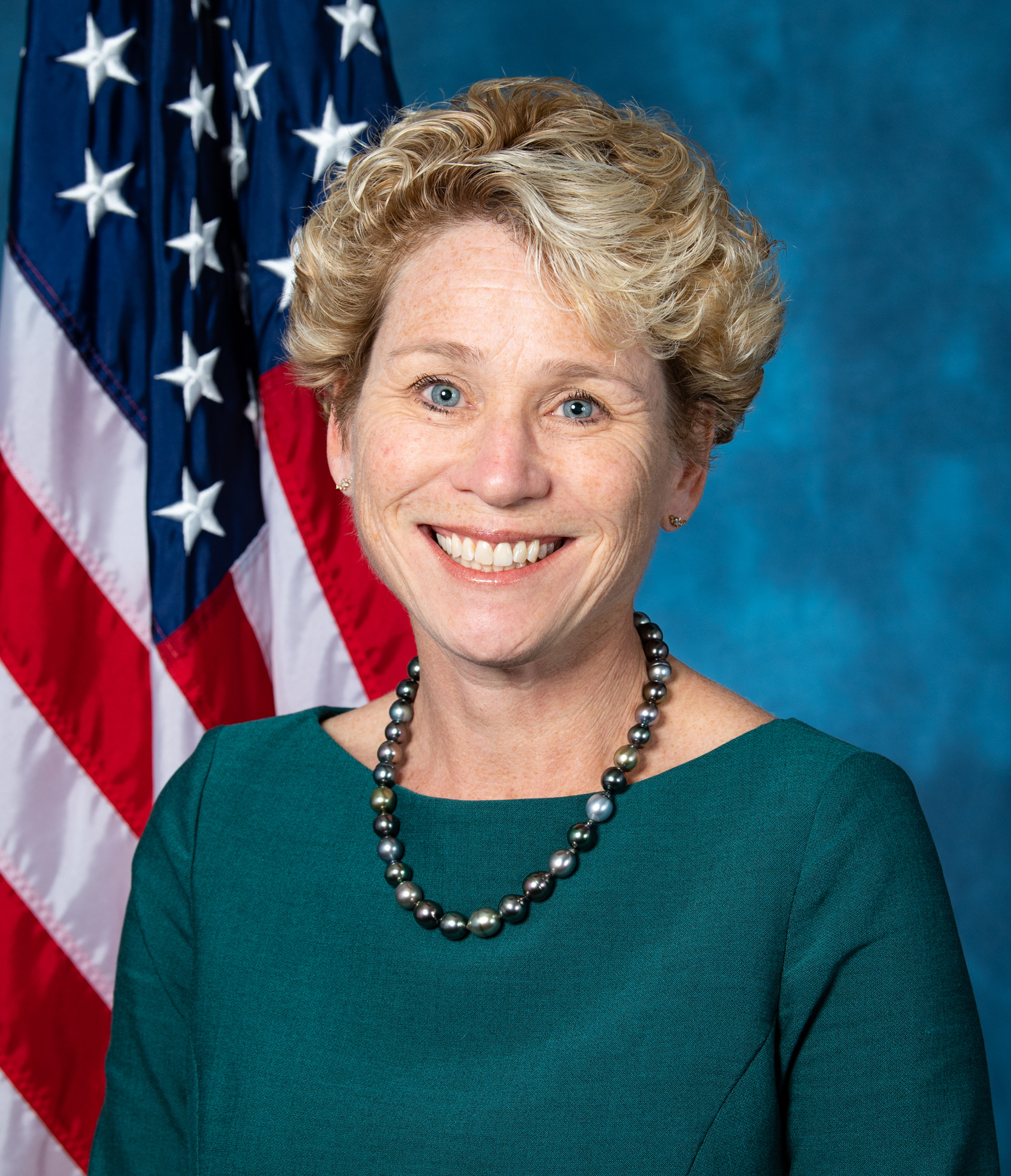Point: Russia Turning Impossible (Ukraine in NATO) Into Possible

For an alternate viewpoint, see: “Counterpoint: No to Ukraine in NATO.”
On Sept. 30, 1990, I stood amid a massive rally in Kyiv with tens of thousands of Ukrainians chanting, “No to the Soviet Union!” and other cries for independence.
As I interviewed Ukrainians in the Russian language they’d been forced to learn from childhood, they told me harrowing tales of Kremlin rule. Older protesters, many with tears in their eyes, recounted the Great Famine of the early 1930s when Soviet dictator Josef Stalin’s forced agricultural collectivization in what had been “the breadbasket of Europe” killed 4 million Ukrainian peasants.
Even the most militant Ukrainians could not have imagined that 15 months later, following a short-lived coup against Mikhail Gorbachev by communist hardliners, the Soviet Union would collapse and Ukraine would gain full independence, overnight becoming the second-biggest European country by land mass after only Russia itself.
And none could have imagined that scarcely three decades after gaining independence, Ukraine would be pushing for membership in NATO, the U.S.-led Western military alliance formed during the Cold War to prevent Soviet expansion in Europe.
Since 1999, Ukraine has watched NATO membership almost double as 14 nations that had been Soviet republics, or part of the Soviet bloc of nominally independent Eastern European countries, joined the alliance. Just this past April, Finland abandoned its decades-long policy of military neutrality, becoming the 31st NATO member.
But a series of post-Soviet leaders have warned that Ukrainian membership would be unacceptable, pushing NATO to the Russian doorstep, giving Western powers a threatening perch along the 1,200-mile border between the two countries, and providing access to the key Black Sea port of Odesa. Among them, the most forceful was Vladimir Putin, who has ruled Russia since 2000 save a four-year stretch when his hand-picked aide Dmitry Medvedev held titular power.
Putin, in 2005, famously called the collapse of the Soviet Union “the greatest geopolitical catastrophe of the (20th) century.” Three years later, he warned that Ukrainian ascension to NATO would be a “direct threat” to Moscow. Six years after that warning, with Ukrainian nationalists pushing to join the Western alliance, he sent troops into the Crimean Peninsula and annexed the large southern section of Ukraine.
Had Putin stopped there, he might have gotten away with his military aggression. Western leaders, led by Presidents Barack Obama and then Donald Trump, huffed and puffed about his brazen land grab, but they were unwilling to confront the Kremlin strongman directly.
That changed on Feb. 24, 2022, when Russian troops invaded Ukraine. Describing it as an illegitimate country that “never had stable traditions of real statehood,” Putin launched a brutal air and land assault aimed at a complete takeover. But like so many great-power leaders before him, he overreached, believing Kyiv would fall quickly, with the rest of Ukraine following suit.
Instead, Ukrainians have held firm. Led by President Volodymyr Zelensky’s reprisal of Winston Churchill in World War II, Ukrainian soldiers and civilians have resisted Russian incursions, retaken stolen land and inflicted massive casualties on the invaders.
In a historic twist of irony, Putin’s misbegotten gambit turns the impossible into the possible. Ukraine is not yet a NATO member, which would invoke Article 5, the mutual-defense pledge viewing an attack on one as an attack on all, requiring the treaty’s signatories to provide direct military aid.
Yet by steps and bounds, if sometimes haltingly, the United States and its allies embrace Ukraine within the informal fold of NATO. Poland, a NATO member since 1999, began delivering MiG-29 fighter jets last month, weeks after the same aircraft arrived in Ukraine from Slovakia, which joined the alliance in 2004. Longtime NATO members Britain and Germany began sending tanks in March.
Despite a series of cautionary public statements, President Biden made a surprise visit to Kyiv in February, and the United States has transferred $46 billion in military assistance since the Russian invasion, including ships, Abrams tanks, anti-aircraft missiles and advanced radar systems. Perhaps more important, Washington provides battlefield intelligence and training for its sophisticated equipment.
On June 3, the heads of nine of the newest NATO members, all former Soviet republics or Soviet-bloc nations, issued a statement calling on the alliance to increase aid to Ukraine — and to speed its formal membership. Their statement looked ahead to the NATO summit next month in the Lithuanian capital of Vilnius.
The longer Russia wages war on its neighbor, the more it pursues a bloody occupation that cannot succeed, and the closer it will come to see the Kremlin’s nightmare of full Ukrainian membership in NATO become a reality.






